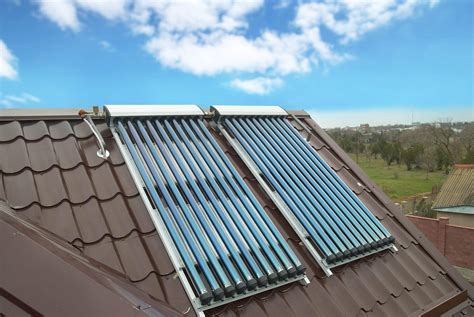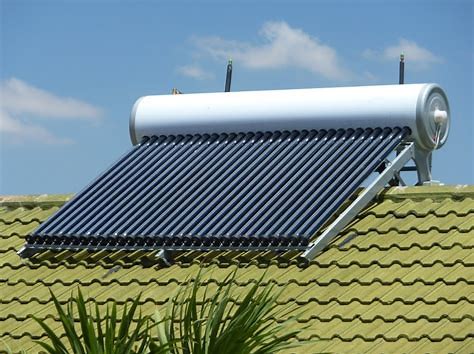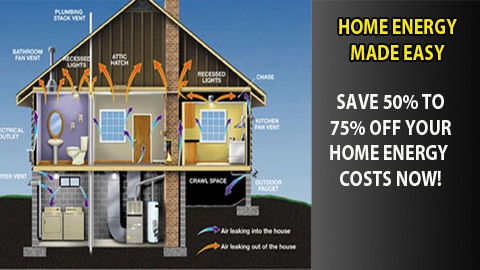
As a solar heating systems expert, I know that these innovative technologies are becoming increasingly popular in the fight against climate change. Solar energy is renewable, clean and reliable, making it an ideal source of heat for homes and businesses alike.
In this article, we will explore the benefits of solar heating systems and how they work to provide efficient and sustainable warmth.
Firstly, let’s define what we mean by ‘solar heating system’. Essentially, this type of technology uses sunlight as a means of providing space or water heating without relying on traditional fossil fuels.
There are two main types of solar heating systems – active and passive – each with their own unique features and benefits. Active systems use pumps or fans to circulate heated fluid through pipes or ducts while passive systems rely solely on natural convection currents to transfer warm air or water around the building.
By harnessing the power of the sun, these systems can reduce reliance on non-renewable resources and save money on energy bills over time.
Understanding Solar Heating Technology
Solar heating technology has been around for quite some time, and it is becoming increasingly popular in the face of climate change.
With solar energy being one of the most abundant and renewable sources available, more people are now considering turning to this form of energy as a way to reduce their carbon footprint.
Solar heating systems work by capturing sunlight and converting it into heat that can be used to warm up water or air. These systems typically consist of collectors that absorb sunlight, pumps that circulate fluids through the collectors, and storage tanks where heated water or air is stored until needed.
By harnessing the power of the sun, these systems offer a clean and sustainable alternative to traditional fossil fuel-based heating methods.
In the next section, we will explore active solar heating systems which take things a step further by actively circulating fluid through the system using mechanical components.
Active Solar Heating Systems

Active Solar Heating Systems: Harnessing the Power of the Sun
The sun is a powerful source of energy that can be harnessed to heat homes and water through active solar heating systems. These systems use mechanical devices such as pumps, fans, and controllers to circulate fluids like air or water through solar collectors where they absorb the sun’s energy.
Active solar heating systems provide an efficient and cost-effective way to reduce dependence on fossil fuels while still maintaining comfortable living conditions.
Here are three advantages of using active solar heating systems:
- They can significantly lower your monthly utility bills by reducing the amount of electricity or gas needed for heating.
- They are environmentally friendly since they do not emit any harmful pollutants into the atmosphere.
- They can increase the value of your home since more buyers are looking for sustainable features when purchasing properties.
As a solar heating systems expert, I highly recommend considering active solar heating systems for those who want to save money on their utility bills and help protect our planet at the same time.
In the next section, we will explore passive solar heating systems, which offer another approach to harnessing the power of sunlight for our daily needs.
Passive Solar Heating Systems
When it comes to passive solar heating systems, passive design strategies are essential for maximizing the energy efficiency of a building.
Solar heating technologies can also be used to supplement existing passive strategies for even greater energy savings.
Passive Design Strategies
Imagine walking into a home on a cold winter day and feeling the warmth radiating throughout without any artificial heat sources. That’s the power of passive design strategies in solar heating systems.
As an expert in this field, I can tell you that these strategies involve designing a building to maximize natural sunlight and retain heat through insulation, thermal mass, and proper orientation. This means incorporating features like large south-facing windows, thermal curtains or blinds, thick walls made of materials with high thermal mass like concrete or brick, and even planting deciduous trees to provide shade during summer months.
By utilizing passive design strategies, homeowners can significantly reduce their reliance on traditional heating methods while simultaneously lowering their carbon footprint.
Solar Heating Technologies
Now that we’ve discussed the basics of passive solar heating systems, let’s dive into the specific technologies used to harness and store solar energy.
As a seasoned expert in this field, I can tell you that there are several innovative solutions available today, ranging from photovoltaic panels to thermal collectors.
Photovoltaic panels work by converting sunlight directly into electricity, while thermal collectors absorb and transfer heat using fluid-filled tubes or plates.
Additionally, there are newer technologies like hybrid solar panels that combine both functions for maximum efficiency.
By incorporating these cutting-edge solutions into your home’s design, you can take advantage of renewable energy sources and reduce your dependence on non-renewable resources like fossil fuels.
Benefits Of Solar Heating Systems

One of the biggest benefits of solar heating systems is their cost-effectiveness. While there may be an initial investment required for installation, the long-term savings on energy bills make up for it in the end.
Additionally, many government incentives and rebates are available to help offset these upfront costs.
Another important advantage of solar heating systems is their environmental impact. By harnessing the power of renewable energy from the sun, these systems significantly reduce carbon emissions and other pollutants that harm our planet.
Installing a solar heating system not only benefits your wallet but also contributes to a cleaner and healthier environment for future generations to enjoy.
Conclusion
In conclusion, as a solar heating systems expert, I would like to emphasize the importance of understanding this technology for both personal and environmental benefits.
With active solar heating systems utilizing collectors and pumps to circulate heated air or water, it is estimated that homeowners can save up to 80% on their energy bills annually.
On the other hand, passive solar heating systems rely on building design and materials to absorb and distribute heat naturally.
Did you know that according to the International Energy Agency, ‘solar thermal could provide up to 16% of total global final energy consumption by mid-century’?
This highlights not only the potential impact of solar heating systems but also the growing demand for renewable energy sources in combating climate change.
Solar heating technology has come a long way in recent years, becoming more accessible and affordable for consumers.
As we strive towards a sustainable future, investing in solar heating systems can make a significant difference in reducing carbon emissions and promoting clean energy alternatives.

